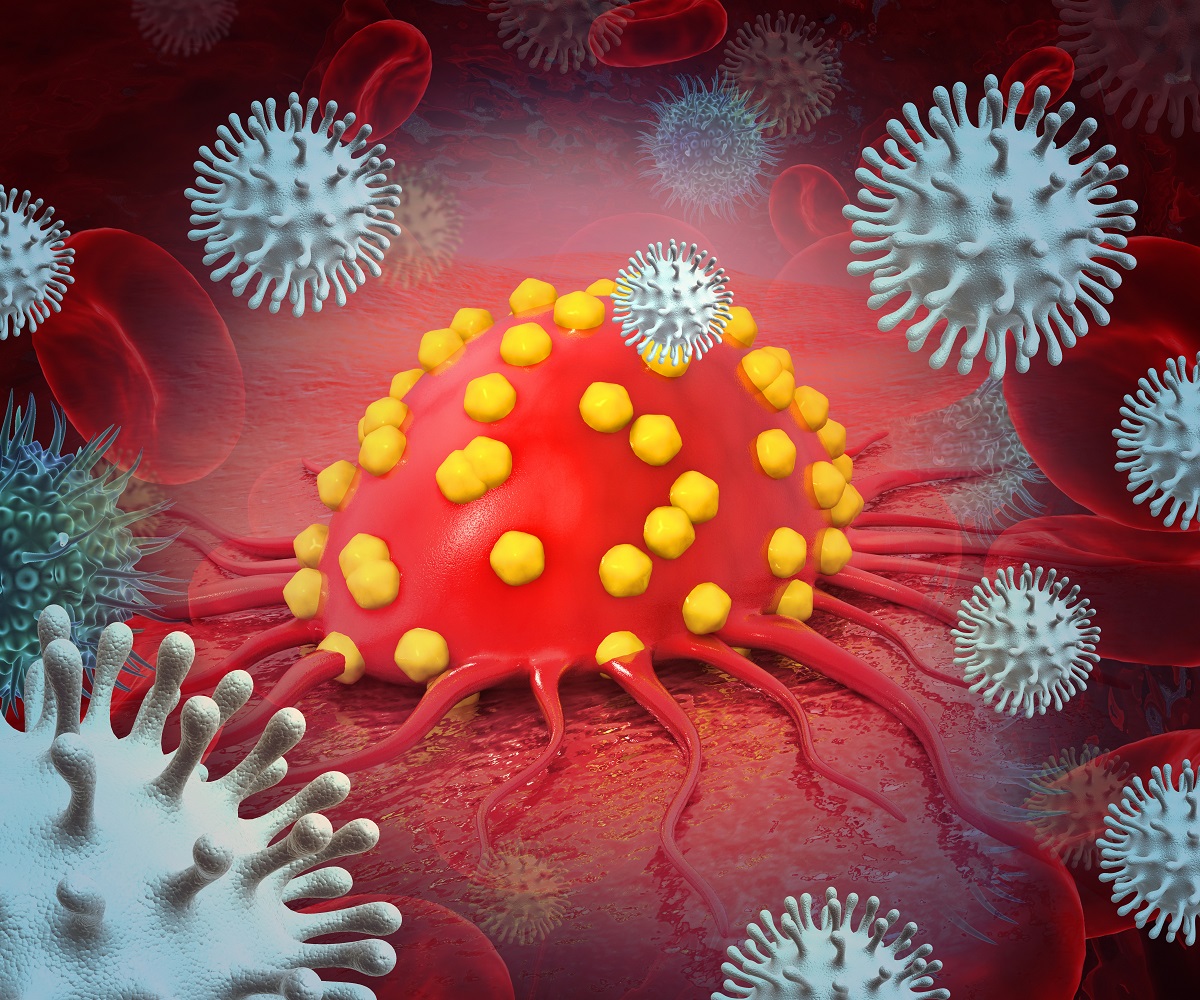KEY TAKEAWAYS
- The study aimed to compare MRI features of different immunophenotypes in NST breast carcinoma, focusing on ER-low-positive subtypes.
- Researchers concluded that luminal ER-low-positive tumors share MRI features similar to triple-negative tumors, aiding treatment planning.
Breast carcinoma of no special type (NST) is a heterogeneous group of breast cancers (BC) with varying immunophenotypes, including luminal A, luminal B, HER2-overexpressing, triple-negative, and ER-low-positive subtypes. These subtypes exhibit different MRI features, which can aid in better understanding and management of the disease.
Carla Chizuru Tajima and the team aimed to compare MRI features across different immunophenotypes of NST breast carcinoma, with a particular focus on the ER-low-positive subtype, where ER staining was present in 1-10% of tumor cells.
They conducted a retrospective study including 398 patients with invasive breast carcinoma. The breast carcinomas were classified into various subtypes: luminal A (n=50, 12.6%), luminal B (n=191, 48.0%), luminal ER-low-positive (n=26, 6.5%), HER2-overexpressing (n=64, 16.1%), and triple-negative (n=67, 16.8%).
Pretreatment MRI scans were reviewed using the 5th edition of Breast Imaging Reporting and Data System (BI-RADS) lexicon to assess tumor features like mass shape, margins, internal enhancement, and kinetic curves.
The results highlighted significant MRI differences in mass shapes, margins, internal enhancement and delayed phase of the kinetic curve among BC subtypes. Luminal ER-low-positive and triple-negative tumors often appeared oval or round with rim enhancement.
In contrast, luminal A tumors mostly had a persistent kinetic curve, whereas a washout curve was familiar in triple-negative, HER2-overexpressing, and luminal ER-low positive subtypes. Multinomial regression analysis indicated that luminal ER-low-positive tumors shared MRI characteristics similar to triple-negative tumors.
The study concluded that luminal ER-low-positive tumors exhibit MRI characteristics akin to triple-negative tumors, indicating that MRI is crucial for proper radiopathological correlation and treatment planning for these patients.
No information regarding funding was provided.
Source: https://pubmed.ncbi.nlm.nih.gov/39164330/
Tajima CC, Arruda FPSG, Mineli VC, et al. (2024). “MRI features of breast cancer immunophenotypes with a focus on luminal estrogen receptor low positive invasive carcinomas.” Scientific reports, 14(1), 19305. https://doi.org/10.1038/s41598-024-69778-6



